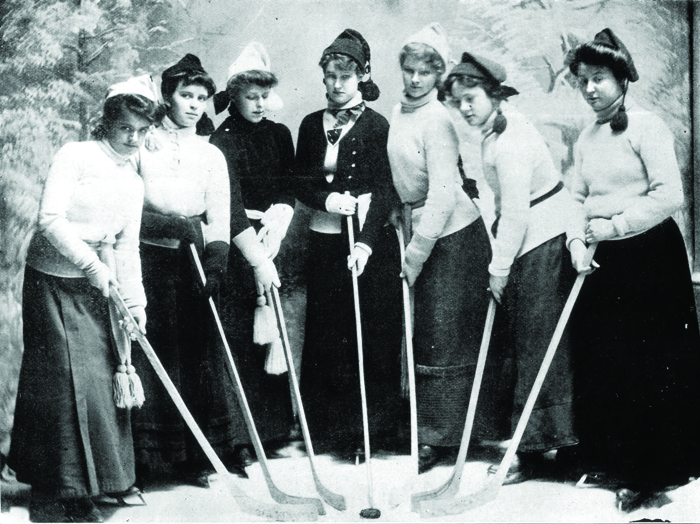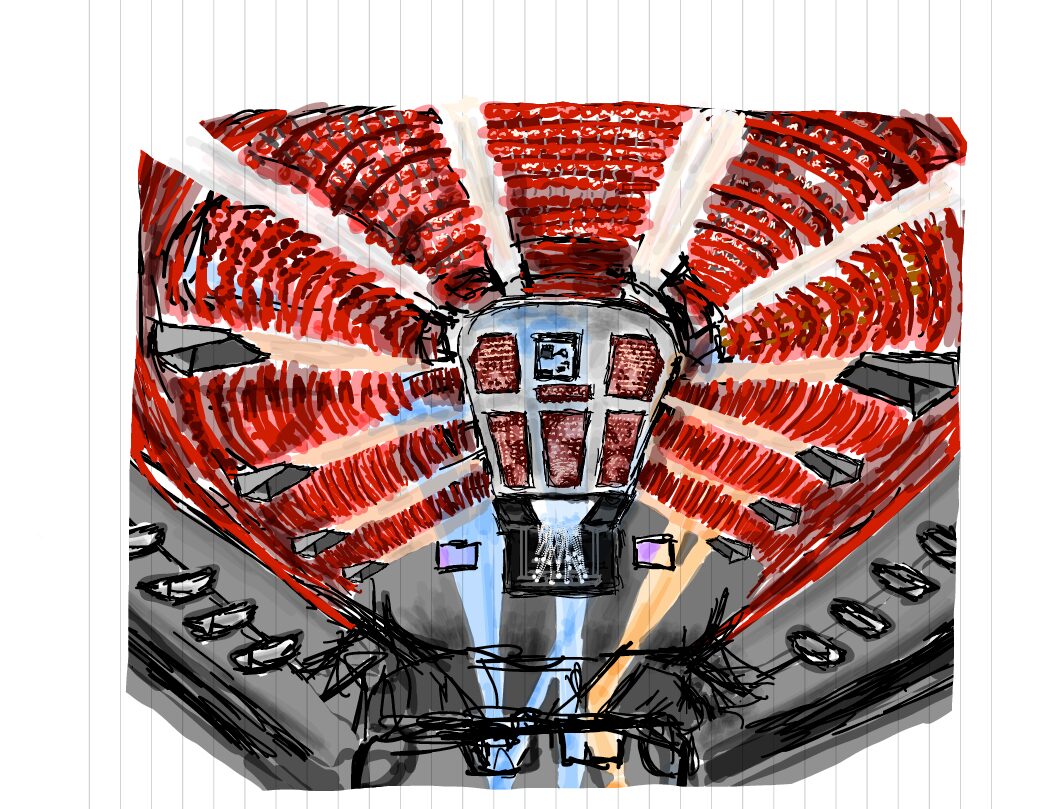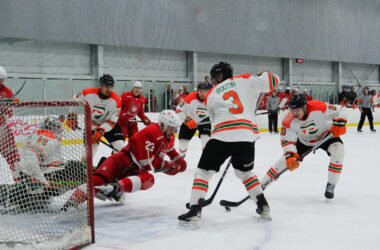Hockey, like most modern sports, evolved over time as players combined various sports, including field hockey, lacrosse, and games from the British Isles such as shinty and shinny, and adapted them for the long Canadian winter. McGill students played a pivotal role in creating the game we know and love today, according to McGill Athletics Sports Information Officer Earl Zukerman.
“The game evolved, it wasn’t invented overnight, so […] when you’re making a statement about the beginning of a game or the origins of the game, we all have to be talking about the same thing,” Zukerman explained. “I like to call it organized hockey. Once you have organized hockey, you have rules that are specific to that sport and differentiate it from another sport. Also, organized hockey implies that you have a referee to enforce the rules and that [… all players] agree on the same rules.”
In 1875, the first game of organized hockey was played at the Victoria Skating Rink in Montreal, a structure which has since become the parking garage in front of the current Bell Centre.
“The first indoor game that we know of that involved rules and referees and a type of puck was the 1875 game played in Montreal […]” Zukerman said. “Not all the players were McGill students, but a number of them were. There was one fellow in particular, [James Creighton], who came to Montreal from Dalhousie, and he is considered by most historians to be the father of hockey.”
Moving hockey inside sparked major changes in gameplay, and the dimensions of Victoria Rink would even become the basis for today’s standard rink measurements.
“When the game was moved indoors, now you had to place a limit on how many players could play,” Zukerman said. “Once you moved the game indoors, there had to be a time limit to the games because when you go to any rink, you can’t just take over the ice for the entire day [….] By having the game in that [particular] rink it basically set the size. Any rinks built after that were basically approximately the same size [….] So that first game in 1875 that involved a couple of mcGill students changed hockey forever.”
Creighton, who would eventually earn his law degree from McGill in the 1880s, was deeply involved in the early shaping of the sport. In 1873, according to a letter written a few decades later, he sat down with other McGill students to draft the original rules of hockey. These original rules, which were essentially field hockey rules with the word ‘ice’ added, according to Zukerman, would not be published and available for the public until 1877, the same week that the new McGill Hockey Club played their first game.
“Their first game was on January 31st, 1877 […] so that week the rules also happened to be published in the [Montreal Gazette],” Zukerman said. “We believe that the writer of the rules, because there’s no name on the Gazette article […] was James Creighton because he was writing for the Gazette at the time and he was the one involved with the organization of the rules in 1873.”
The McGill Hockey Club of 1877 became an official school club, and would eventually be the McGill varsity hockey team that students know today. Though there is heavy debate about hockey’s true origins, it is safe to consider McGill greatly influential in its history.
“In my research, I’m comfortable saying that McGill students were involved in drafting the first organized rules to the game […] and McGill students were involved in the first organized hockey team […] in 1877 and probably published the first rules in 1877 as well,” Zuckerman said.
The legacy of that first indoor game in Victoria Rink can be seen every time the Redmen take the ice. Currently, they are in their 139th season, and have not stopped making history. A dozen members of the team have been inducted into the Hockey Hall of Fame and 15 players are inscribed on the Stanley Cup.








